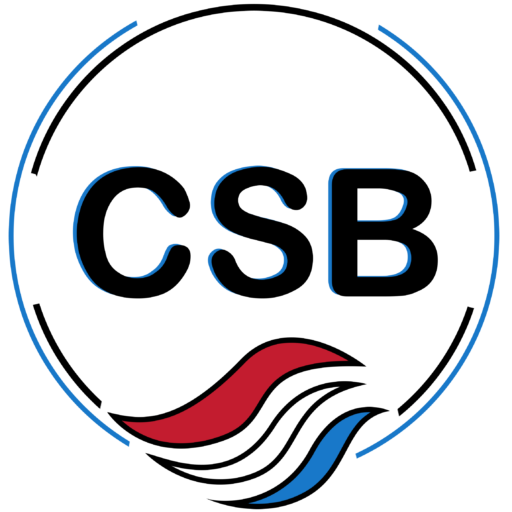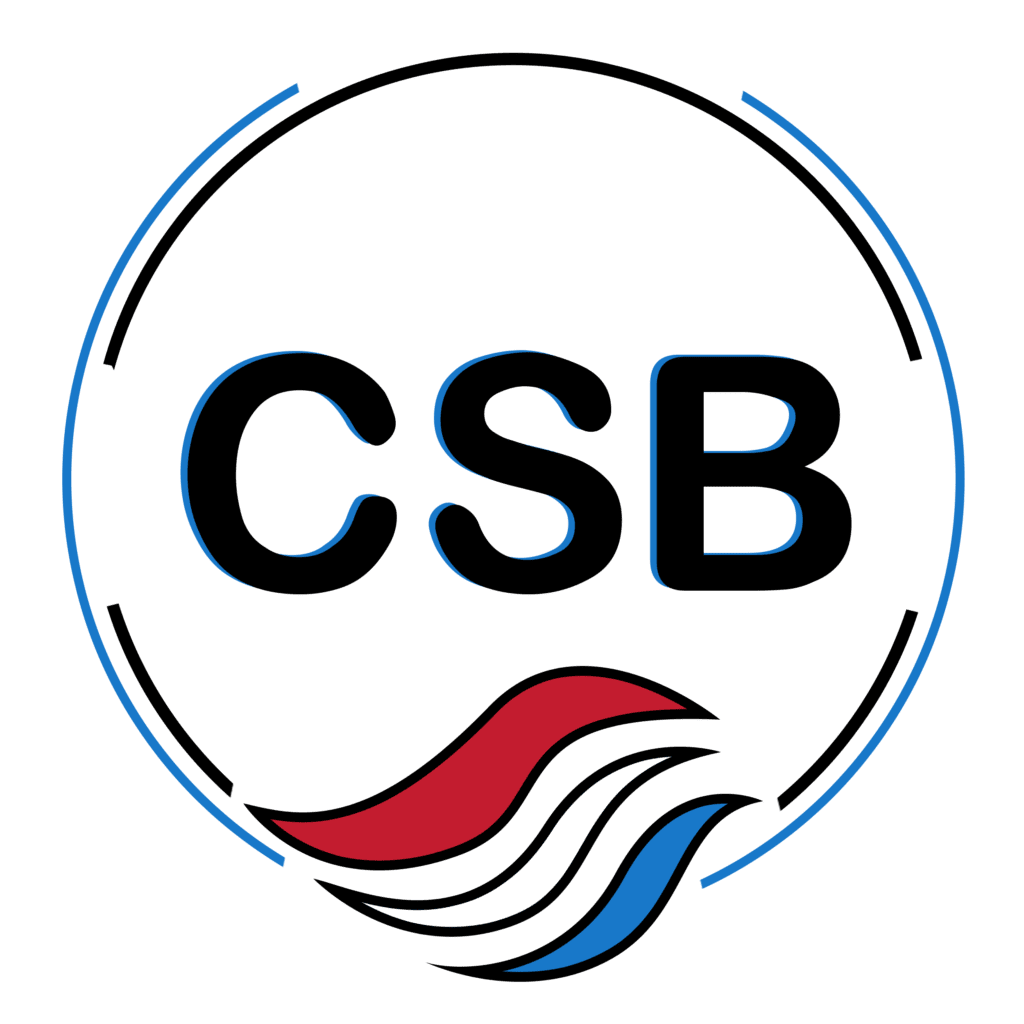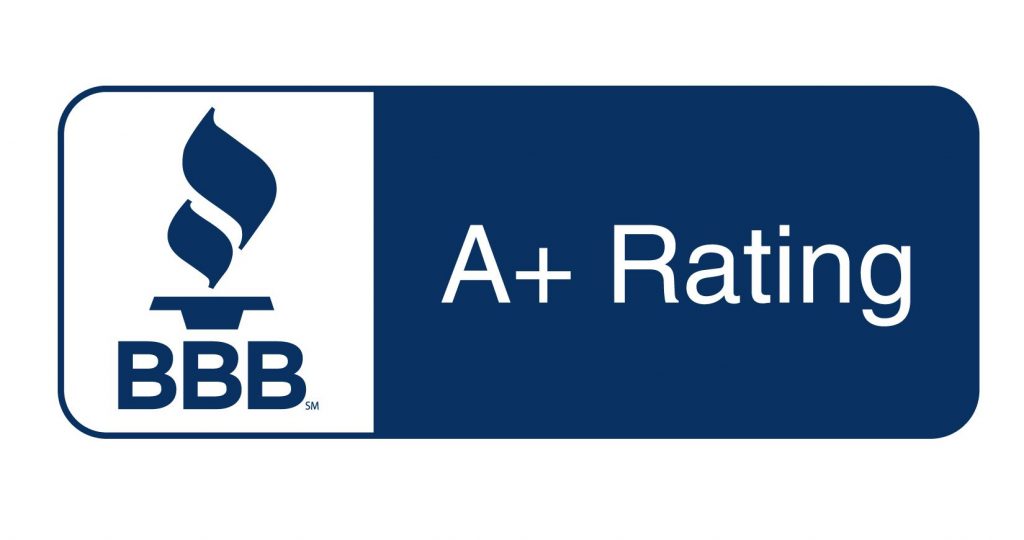People who are new to Medicare are often surprised to find out it isn’t free. While a majority of beneficiaries don’t have to pay a monthly premium for Medicare Part A, thanks to the coverage by Medicare payroll taxes, this is not the case for Medicare Part B, where a monthly premium is the norm.
For individuals already receiving Social Security benefits, the Part B premium is conveniently deducted from their monthly Social Security payments. However, those who aren’t receiving Social Security will receive a bill every quarter for their Part B premiums.
If you can afford to pay your quarterly Part B premium in one go, which may be just under $500 in 2023, then opting to send a check via regular mail could work for you. However, if efficiency and security are high priorities for you, you might find that making payments online or opting for electronic funds transfers are more suitable methods.
There are a few methods available for paying your Medicare premiums, and in this article, we will explore several of these options.
Medicare Easy Pay
If you’re looking for reliability, Medicare Easy Pay is as an ideal solution for handling Medicare Part B premiums. Using this option, you authorize the automatic monthly deduction of your Part B premium from your bank account.
Choosing this method alleviates concerns about overlooking a payment, ensuring that your account remains up-to-date, and eliminating risks associated with unintentional interruptions in coverage. If you are currently receiving monthly or quarterly statements for your Part B premium, you are eligible to sign up for Medicare Easy Pay.
Enrolling in Medicare Easy Pay
Signing up for Medicare Easy Pay is a simple process. Start by completing the CMS Authorization Agreement for Preauthorized Payments form, which can be found online. After completing it, print and mail the form to the provided address.
It’s typical to experience a six to eight-week waiting period before your Medicare Easy Pay starts automatically deducting payments. Note the date you mailed the form and mark your calendar for eight weeks later. If the service isn’t activated by then, you should contact Medicare to inquire about the status.
During the waiting period, continue to make regular payments for your Medicare Part B premiums. The first payment made through Medicare Easy Pay will be adjusted against the following month’s premium. If there are any issues with processing the form, it will be returned to you along with a letter explaining the problem.
Once processed successfully, be prepared to receive a monthly Medicare Premium Bill. It’s important not to misunderstand this as a conventional bill. You’ll see the words, “This is not a bill,” displayed at the top right corner of the document. The main goal of this document is to inform you about the upcoming deduction amount. Generally, auto payments are carried out on the 20th of each month. On your bank statement, these automated deductions will appear as “Automated Clearing House.”
Other Ways to Pay Medicare Premiums Online
Although Medicare Easy Pay is a preferred option for many individuals in managing Medicare premiums, there are multiple other online methods available in the digital realm. Understand that these alternatives may require manual processing each month, as opposed to an automated deduction system.
Medicare.gov
We always recommend that our clients establish a MyMedicare.gov account. This portal serves not just as a medium to track your Medicare claims and review your Part B deductible status, but it also enables the payment of Medicare premiums through credit or debit cards. Signing up is straightforward; your Medicare ID number is all that’s needed.
Your Bank’s Online Payment System
Modern banking systems today offer an online bill payment option to their customers. Some banks may even offer the service of setting up automated bill payments. For example, institutions such as Chase allow users to pay bills directly through their online platforms. To utilize this service, you’ll need to provide specific details to your bank, including:
- Medicare ID number
- Payment amount
- Payee information
While convenient, this method does have potential downsides. It’s common for Medicare Part B premiums to increase annually. Consequently, it’s your responsibility to inform your bank about any changes in the amount. Also, it’s prudent to be aware of any fees your bank may charge for this service to avoid unexpected expenses.
An important factor to consider is the payment method chosen by your bank. Although electronic transfers are standard for most, some might choose to send check payments. If your bank uses checks, initiating the payment well in advance, ideally a few weeks before the due date, ensures that Medicare receives it on time.

Paying Your Medicare Part D, Medicare Advantage, and Medicare Supplement Premiums
The selection of payment options available to you largely depends on your specific insurance provider. However, most private insurers offer the following common payment methods:
- Transactions over the phone
- Regular mail
- Electronic Funds Transfer (EFT)
- Online payment portals
To know which available payment methods your plan offers, it is recommended to directly consult your insurance provider. We predominantly recommend using the EFT method for premium payments. The exceptional security and convenience it offers make it a favored option for many.
Paying Medicare Premiums with an HSA
An HSA, or Health Savings Account, is a special account designated for qualified medical expenses. It allows you to set aside pretax dollars for a variety of healthcare costs, including doctor’s appointments, surgeries, medical equipment, and prescription drugs.
Although direct payment of Medicare premiums from your HSA is not an available option, there is an alternative available. You can withdraw funds from the HSA to reimburse yourself for these premiums. Importantly, Medicare premiums for Parts A, B, C, and D are considered eligible expenses and, therefore, are tax-deductible.
For those receiving Part B premium invoices through the Railroad Retirement Board, the previously discussed payment options are not applicable.
Medicare Easy Pay remains a favored option for its convenience, especially among our clients who have not started receiving Social Security benefits yet. Remember, once you begin receiving Social Security benefits, the Part B premium will be automatically deducted from them. In the interim, the discussed payment options can be excellent alternatives.





